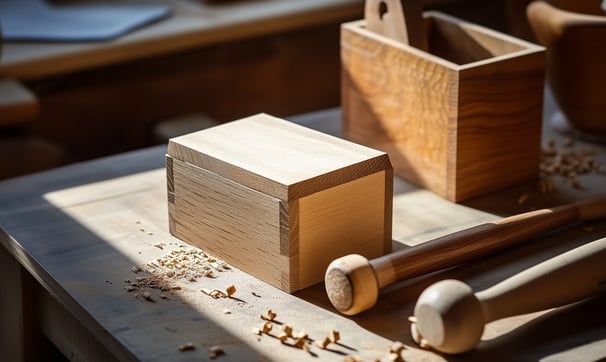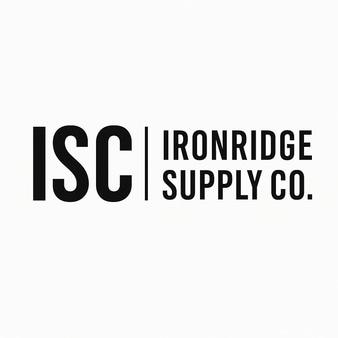Choosing the Right Tool Holders for Precision CNC Work
TOOLING & MACHINING


In the world of CNC machining, precision isn't optional—it’s everything. And while cutting tools often get the spotlight, the unsung heroes of the shop floor are the tool holders. These critical components affect everything from tool life and vibration to surface finish and tolerances. Choosing the right tool holder can reduce runout, extend spindle life, and improve overall machining efficiency.
Why Tool Holders Matter More Than You Think
Think of tool holders as the connection between your machine spindle and the cutting tool. That link must be rigid, balanced, and repeatable—especially in high-speed environments. A bad connection doesn’t just affect performance; it leads to premature tool wear, scrap parts, and even machine damage.
Poor quality or worn-out holders introduce runout, reduce cutting efficiency, and cause micro-vibrations that degrade surface finish. If you're chasing tighter tolerances or better tool life, your solution might not be the cutting tool—it might be what's holding it.
Common Types of Tool Holders
Let’s look at the most widely used tool holders in CNC machining:
1. Collet Chucks (ER Series)
Use Case: General milling, drilling, and tapping.
Advantages: Affordable, flexible, widely used.
Limitations: Moderate accuracy; not ideal for heavy or high-speed cutting.
2. End Mill Holders
Use Case: Heavy-duty machining with larger shank tools.
Advantages: Rigid and cost-effective.
Limitations: Limited to exact shank size; poor runout control.
3. Shrink Fit Holders
Use Case: High-speed, high-precision applications.
Advantages: Excellent runout (under 3 microns); balanced and rigid.
Limitations: Requires specialized heating equipment.
4. Hydraulic Holders
Use Case: Precision finishing operations and tight tolerances.
Advantages: Excellent vibration damping and runout control.
Limitations: Higher cost and less suitable for roughing.
5. Milling Chucks
Use Case: High-torque heavy machining.
Advantages: Powerful grip force; reliable in tough materials.
Limitations: Larger profile; not ideal for tight spaces.
Key Considerations When Choosing a Tool Holder
1. Application Type
Roughing steel? Finishing aluminum? The type of operation determines the level of precision and grip required.
2. Runout Tolerance
Lower runout means longer tool life and better finishes. Aim for under 5 microns if your job demands high precision.
3. Vibration Damping
Poor damping leads to chatter, poor surface finish, and decreased tool life. Hydraulic and shrink-fit holders excel here.
4. Balance at High RPMs
For high-speed spindles (15,000 RPM+), use holders that are pre-balanced to G2.5 or better.
5. Ease of Setup
Some systems, like shrink-fit, require special tools. If your team prefers simplicity, ER collet chucks are still a solid choice.
Tool Holder Maintenance Tips
Inspect regularly for wear or damage on taper and clamping surfaces.
Clean contact surfaces before each use to prevent misalignment.
Replace worn collets to avoid runout issues.
Use torque wrenches for consistent tightening (especially on collet nuts).
When to Upgrade Your Tool Holders
Here are signs it’s time to invest in better holders:
You're chasing tighter tolerances and see inconsistent results.
Your tools wear out faster than expected.
You’re upgrading to faster spindles or harder materials.
You experience chatter during cutting, even with ideal feeds and speeds.
Final Thoughts
Your CNC machine is only as good as its weakest link—and often, that’s the tool holder. Choosing the right system can drastically improve your machining output and save you money in consumables and wasted parts.
At Ironridge Supply Co., we stock a wide range of premium tool holders designed for every application. Whether you're running roughing passes on mild steel or finishing aerospace parts, our team can help you find the perfect fit.
